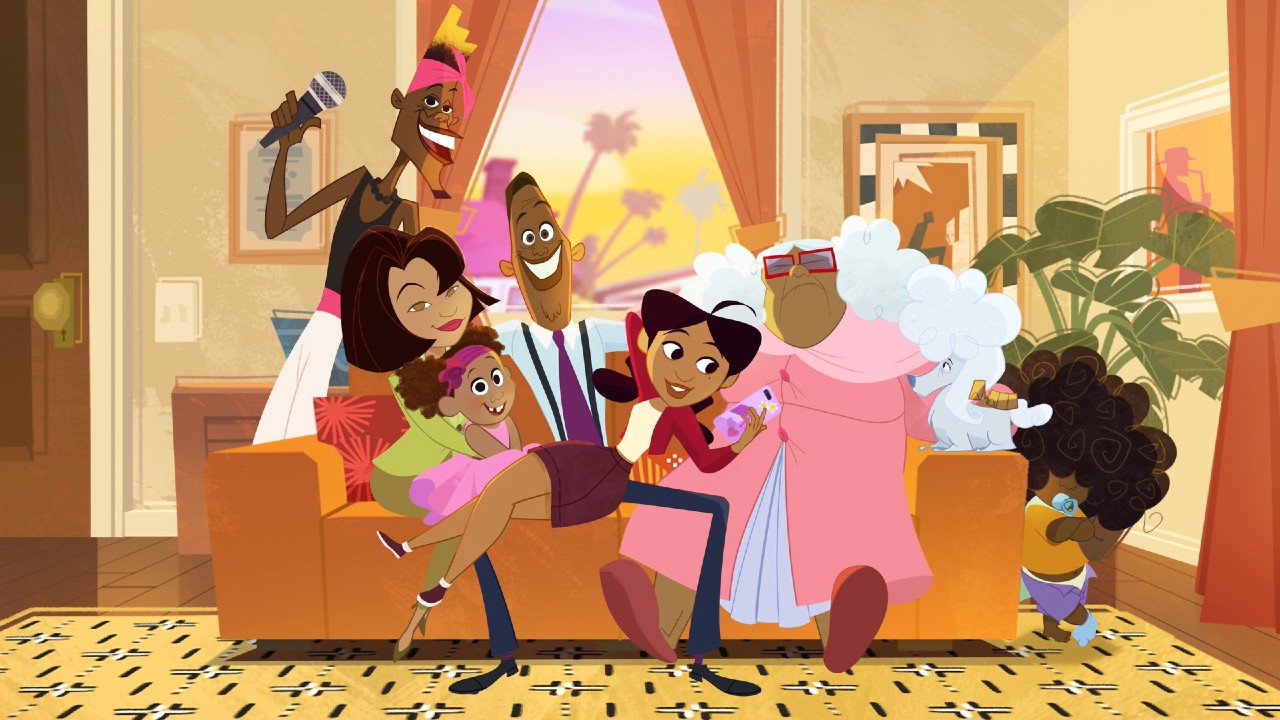
Breaking Barriers in a Challenging Industry
The vibrant African American characters we see in today’s animated series didn’t appear by accident. They exist because of determined Black creators who have fought to bring authentic representation to the screen, often overcoming significant industry barriers. Understanding the journeys of these animators, writers, and producers adds important context to the cartoons themselves and highlights the ongoing struggle for diversity behind the camera.
Animation has historically been a difficult industry for people of color to enter. Major studios maintained predominantly white workforces for decades, with limited opportunities for African American artists. Even when Black creators managed to gain entry, their artistic visions were frequently compromised by executives unfamiliar with the experiences they sought to portray. This history makes the achievements of pioneering African American animators all the more remarkable.
Floyd Norman stands as one of the earliest African American animators at Disney, joining the studio in 1956. Working on classics like “Sleeping Beauty” and “The Jungle Book,” Norman opened doors for future generations despite facing racial barriers in the industry. His persistence demonstrated that kids animated shows could benefit from diverse creative perspectives, even when the industry failed to recognize this value.
Bruce W. Smith represents another pioneering figure, creating “The Proud Family” in 2001 as one of the first animated series centered on an African American family. Smith’s determination to showcase authentic Black family dynamics resulted in a groundbreaking show that addressed issues from cultural identity to intergenerational relationships. By incorporating educational cartoons elements within entertaining narratives, Smith demonstrated how animation could simultaneously entertain and inform.
Collaborative Creation and Diverse Writers’ Rooms
Today’s most successful African American-focused cartoons typically emerge from diverse creative teams that include Black writers, storyboard artists, voice actors, and producers. This collaborative approach ensures authenticity across all aspects of production, from character design to dialogue to narrative themes.
“Craig of the Creek,” co-created by Matt Burnett, Ben Levin, and Jeff Trammell, exemplifies this approach. Trammell, who is African American, brings personal experiences to his work on the show, influencing everything from the protagonist’s family dynamics to the neighborhood’s portrayal. The series’ nuanced representation reflects the benefit of having Black creators in positions of creative authority.
Voice casting represents another crucial behind-the-scenes element. The animation industry has increasingly recognized the importance of casting Black voice actors for Black characters, moving away from the problematic practice of whitewashing animated roles. This shift provides more opportunities for African American performers while ensuring more authentic vocal performances.
Independent Pathways and Digital Platforms
While mainstream studios have slowly improved their diversity, many African American creators have found success through independent production and digital distribution. These alternative pathways allow for more creative control and the ability to target underserved audiences directly.
Animator and filmmaker Everett Downing Jr. co-directed the Oscar-winning short “Hair Love” after a successful Kickstarter campaign, demonstrating the potential of independently funded animation. The project’s success led to a deal with HBO Max for a series expansion, showing how independent projects can eventually reach mainstream platforms.
Digital platforms have been particularly important for emerging Black animators. YouTube channels like “Cartoon Connect” showcase work by African American animation students and independent creators, providing visibility that might lead to industry opportunities. Similarly, social media platforms allow Black animators to build audiences and demonstrate market demand for diverse content.
Mentorship and Industry Initiatives
Recognizing the need for greater diversity, some established industry figures have created mentorship programs specifically targeting underrepresented groups. Animation studios have also implemented initiatives aimed at developing diverse talent pipelines.
The “Rise Up Animation” program connects BIPOC animation students with industry professionals for mentorship, portfolio reviews, and networking opportunities. Similarly, Cartoon Network’s “Animated Shorts Program” actively seeks diverse creators, providing a platform for new voices to gain industry attention.
Educational institutions have also begun addressing the representation gap. The Historically Black Colleges and Universities (HBCUs) Animation Program, launched in partnership with The Walt Disney Company, aims to develop animation curriculum at HBCUs and create pathways to industry careers.
Persistent Challenges and Future Directions
Despite progress, significant challenges remain for African American creators in animation. Industry statistics show continuing underrepresentation, particularly in executive and decision-making positions. Black animators frequently report being the “only one in the room,” creating pressure to represent their entire community.
Pay equity issues also persist, with studies indicating that Black creators often receive lower compensation and fewer advancement opportunities than their white counterparts. These structural issues require systemic changes within studios and production companies.
Looking forward, the continued growth of African American representation in animation will depend on supporting Black creators at all career stages. By recognizing their contributions, amplifying their voices, and advocating for equitable industry practices, audiences can help ensure that the next generation of animated content reflects the full diversity of African American experiences.
